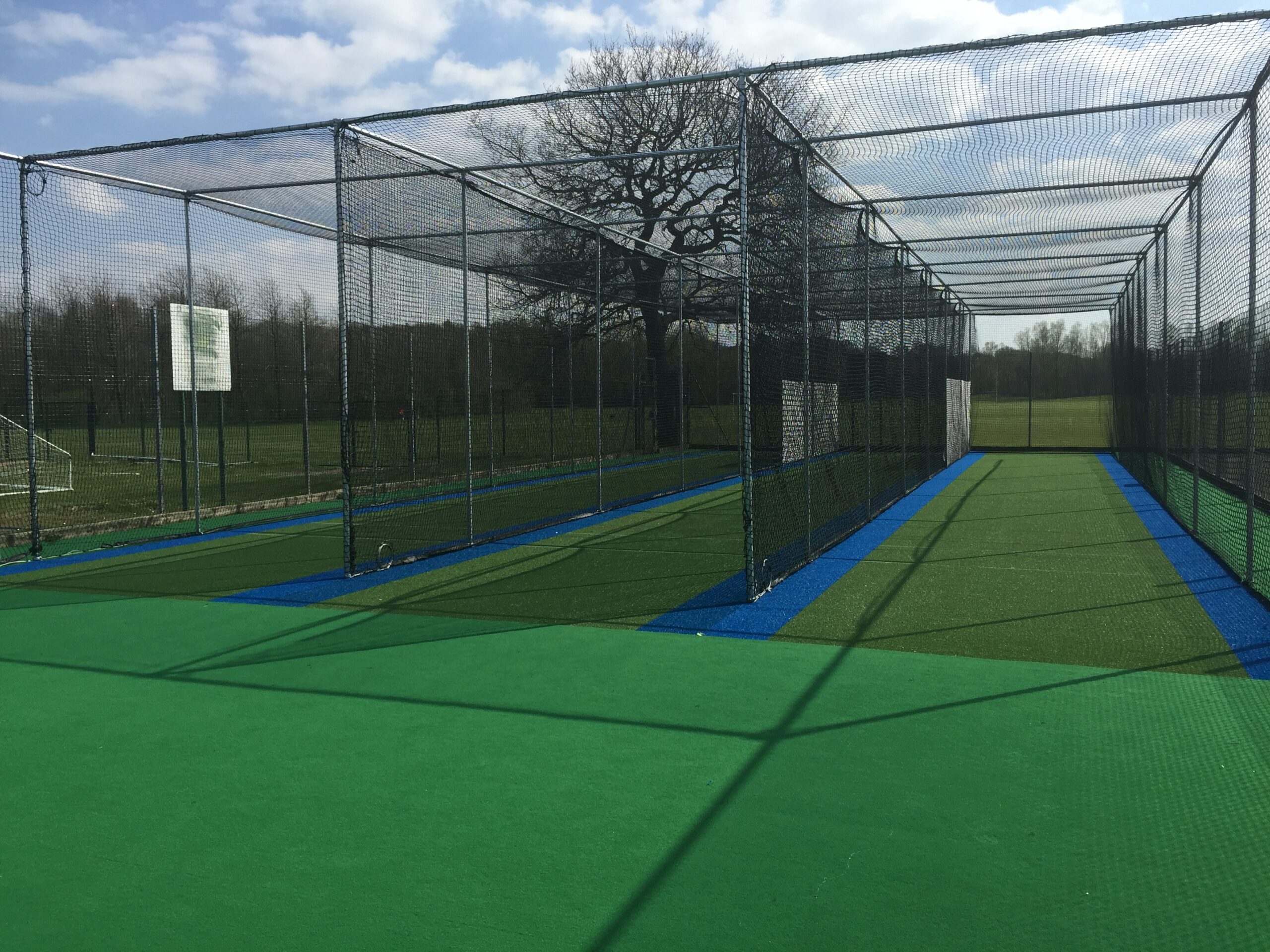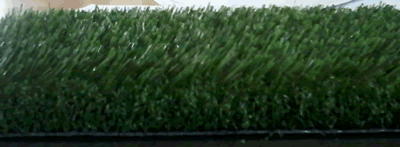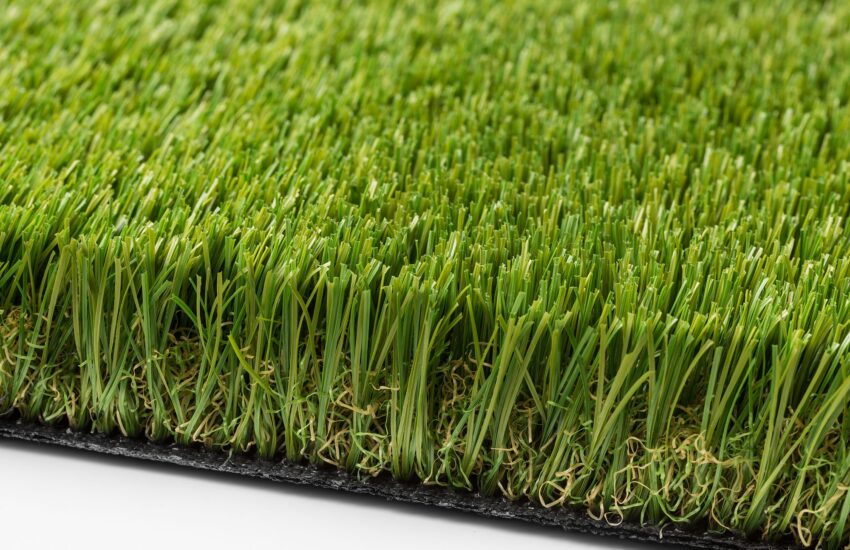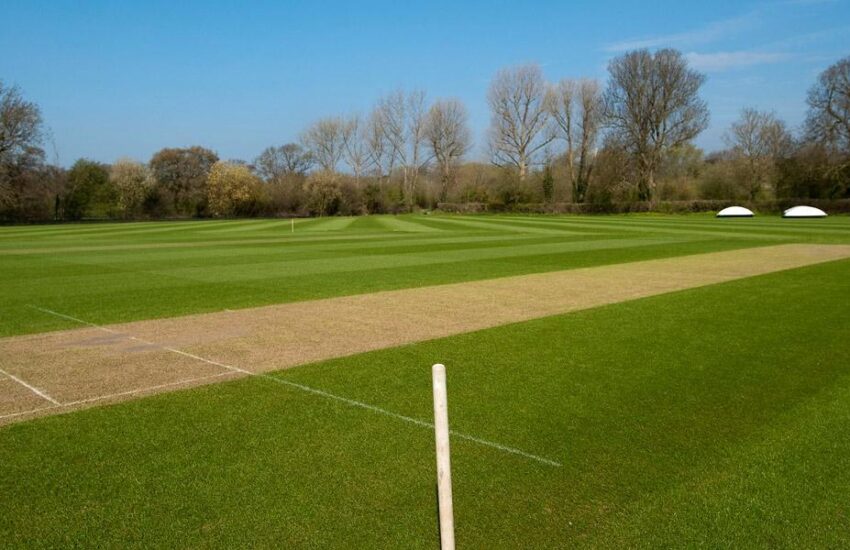Artificial Cricket Wicket Maintenance
Is it possible to breathe life into an old, neglected cricket wicket?
As any cricketer knows, the caliber of the wicket could have a major influence on how the cricket ball reacts. Pitches that are uneven or pitted could potentially cause the ball to behave inconsistently, pitches which are very, very hard can make the cricket ball bounce higher and very quickly, whilst cricket wickets that are blanketed in grass will probably minimise the amount that a spin bowler can turn the ball.
artificial cricket pitch construction is definitely a site that is loaded with lots of up to date information on artificial cricket pitch construction.
To be able to standardise the playing surface and give a wicket that can be used in all conditions, countless leisure centres, educational institutions and cricket clubs use artificial wickets. Even though synthetic pitches are more hard-wearing than organic wickets, additionally need regular routine maintenance to ensure that they’re in tip top condition. The good thing is, even old, uncared for wickets can be brought back to life with a bit of TLC along with the most suitable treatment method.
Man-made Cricket Wickets
Artificial cricket wickets can be installed on either a dynamic (stone) or non-dynamic (macadam or concrete) base. The surface of the cricket wicket is fabricated from good quality short pile carpet that is either timber edged and nailed or nailed directly into the aggregate. Shock pads may also be installed beneath the surface of the pitch to ensure the cricket ball bounces nicely and also that the artificial wicket responds the same way to the cricket ball every single time, what ever the weather.
Maintaining A Synthetic Pitch
Like most artificial surfaces, synthetic cricket pitches should be carefully maintained if they’re to provide the best possible playing pitch all year long. We recommend that anyone using an artificial cricket pitch ought to employ an annual deep clean program, level the batting region frequently and use at least one chemical treatment method every six months.
Despite having routine repairs and maintenance, cricket wickets may well decline over time, shock pads can solidify and surfaces could become irregular. If you notice that the bounce of the ball has started to become uneven or that the pitch looks tired and worn, it might be the perfect time to give your artificial playing surface a facelift.




